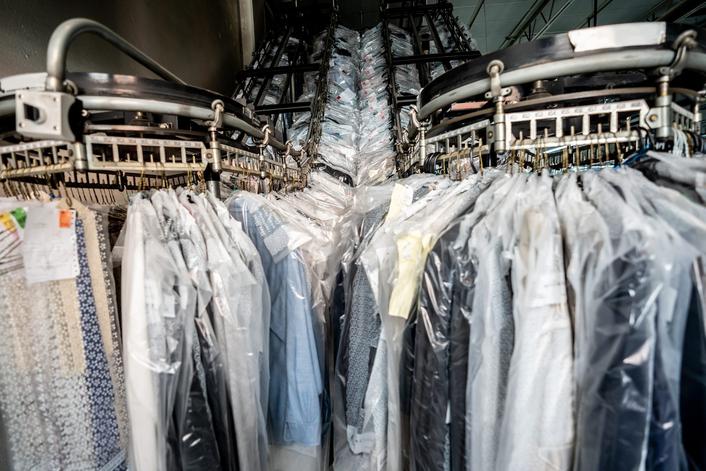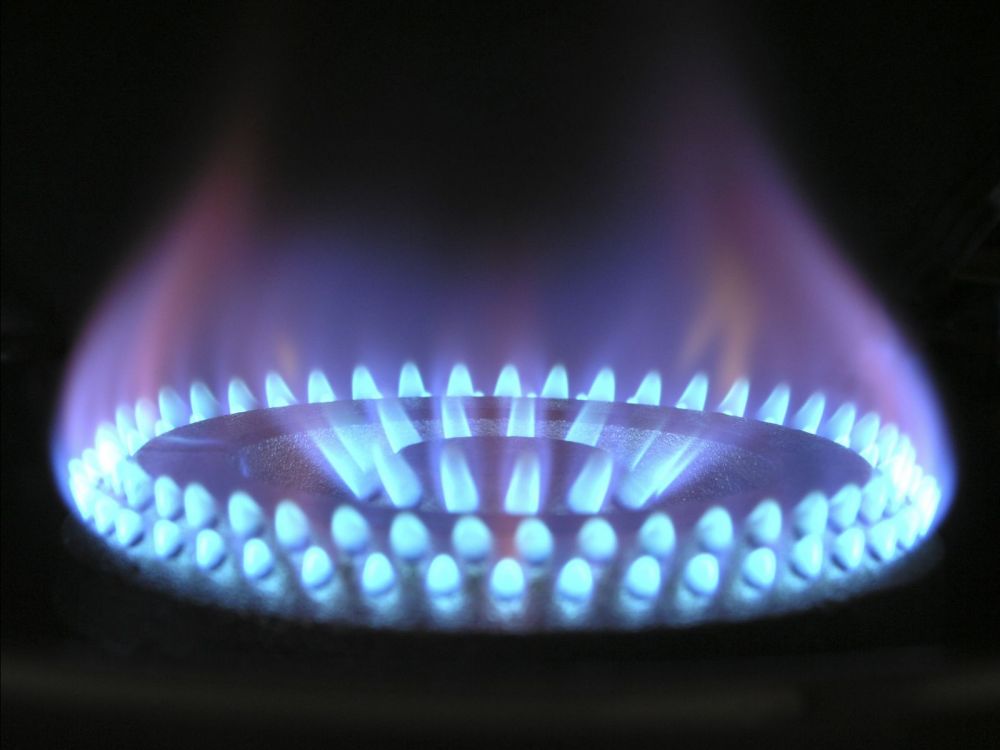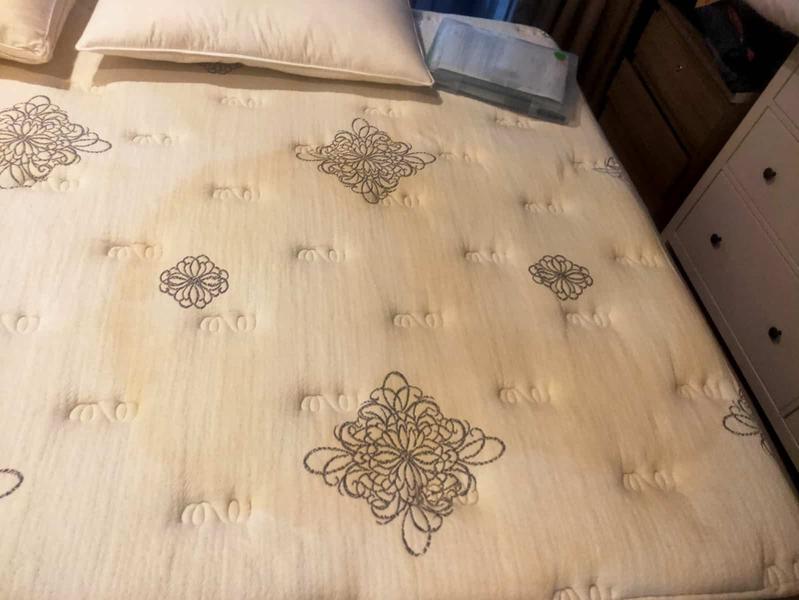How to Get the Best Results From Your Dry Cleaner, According to Experts
Taking our clothing to the dry cleaners is often a top chore on our to-do list, but rarely are we thinking about how our most precious shirts, pants and uniforms actually get cleaned.
Unlike traditional laundry, which uses water and detergent, dry cleaning is the process of cleaning clothing without the use of water. And as strange as that may sound, dry cleaning does actually clean your clothes.
Instead of cleaning with water and detergents, garments are cleaned with organic solvents that work to lift stains without damaging delicate fabrics such as silk, wool and velvet. Clothing — yours and other people’s — is washed in a machine similar (though bigger, more expensive and much more adjustable) to the washing machines we use at home. But don’t be fooled, dry cleaning is not a process you can do without the proper training and equipment. Most dry cleaners have years of hands-on experience, and organizations like the Drycleaning and Laundry Institute offer training and resources for dry cleaners around the world.
The History of Dry Cleaning
In 1820, Thomas Jennings, a tailor in New York, was working on finding a method to clean his customer’s clothing without damaging the delicate garments. A year later, he filed a patent with the U.S Patent Office for a process he called "dry scouring." This patent made Jennings the first African American to hold a patent in the United States, according to IPOEF. Unfortunately, it was destroyed in a fire in 1836, but the method used in modern day dry cleaners still closely follows his original process.
According to Enviro Forensics, four years later, in 1825, Jean-Baptist Jolly, a dye-worker in France, made a similar discovery when a maid working for him spilled kerosene on a paint-stained linen tablecloth. When the kerosene evaporated, he noticed that the stains on the tablecloth had disappeared. Jolly recognized that this discovery had the potential to change the way we clean clothing and opened the first dry cleaning business in France.

It wasn’t long before dry cleaners found that using petroleum-based chemicals (like kerosene and gasoline) was not a good option. These chemicals are incredibly flammable and not safe to work with over prolonged periods of time. William Joseph Stoddard, an American dry cleaner created the first non-petroleum cleaning solvent for dry cleaning, but it was Michael Faraday who discovered perchloroethylene, which is still the solvent of choice for most dry cleaners.
Perchloroethylene (or perc as it’s commonly called) is a volatile organic compound which has been found to be carcinogenic and not great for the environment. Even minor spills can cause major contamination to the soil and groundwater around the dry cleaner facility. For these reasons, the EPA very heavily regulates the use of perc by dry cleaners.
How the Process of Dry Cleaning Works
Step 1: Garment tagging.
When you first drop off your clothing at the dry cleaner, it is tagged with a unique number to identify each item. This helps busy dry cleaners keep track of their customer’s clothing and avoids the headache of giving the wrong items to a customer when the process is finished.
Step 2: Inspection and stain pre-treatment.
All of the garments are visually inspected, and any stains are marked and pre-treated, if necessary. Pretreatment is done with special chemicals made for specific kinds of stains and fabrics. At this point, any embellishments or buttons are also covered with a soft cloth to protect them from damage during the dry cleaning process. Some dry cleaners may even choose to remove embellishments and buttons as an extra precaution.
Step 3: Into the dry cleaning machine.
The soiled clothing is placed in a dry cleaning machine. The organic solvent of choice (or water if your dry cleaner uses the wet cleaning method) is pumped into the machine while the clothing is agitated at a gentle pace. These machines are much larger than the washing machines we have at home but work with the same basic spinning function. Dry cleaning machines can be set to spin much slower and have greater temperature control, too.
Step 4: A second inspection.
When the dry cleaning cycle is finished, the garments are inspected again to make sure all stains have been removed from the garment. Additionally, all buttons, embellishments and seams are inspected to make sure they are still intact. If any embellishments and buttons were removed during the initial inspection step, they are now reattached.
Step 5: The finishing touches.
Depending on the type of fabric, the dry cleaner will now press, iron or steam each garment to get rid of wrinkles. Many dry cleaners use a form finisher for this step. Form finishers are machines that iron a garment using air or steam in the position that it is worn. It allows for a smoother, more pristine finish on the dry cleaned clothing. All garments are given a final inspection before being covered in plastic and returned to its owner.
Other Types of Dry Cleaning
From the need to produce a solvent that can replace the use of perc, come four other methods of dry cleaning (a.k.a "green" dry cleaning): synthetic petroleum (DF-2000), siloxane (Green Earth), liquid carbon dioxide and wet cleaning.
How to Get the Best Results from Your Dry Cleaner
You Might Also Like
Copyright © 2023 furnitureknowledges.com. All rights reserved.







